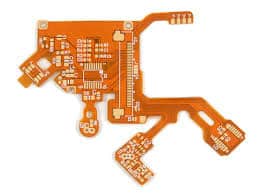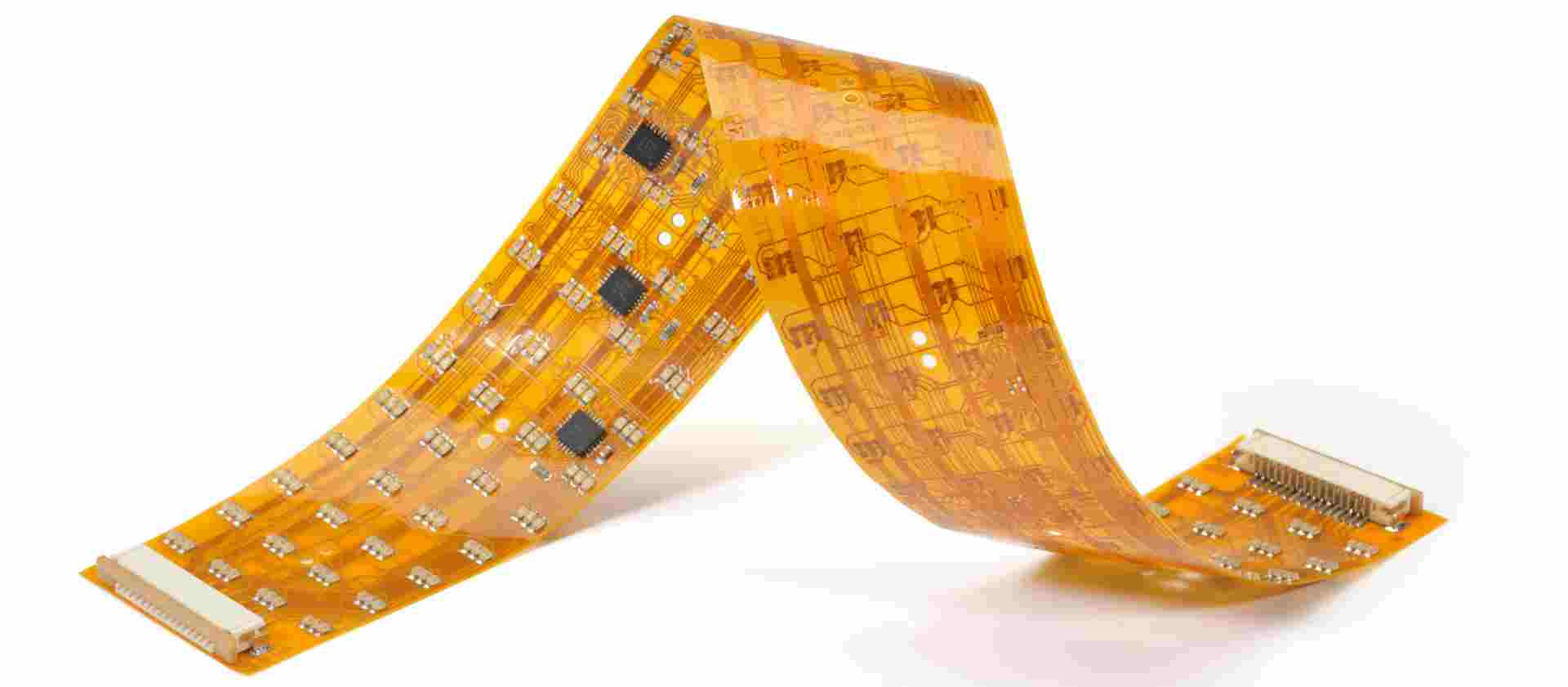
ALL ABOUT FLEX PCB
-
Soldering Flexible PCBs: A Complete Guide
Posted by
–
 Read more: Soldering Flexible PCBs: A Complete Guide
Read more: Soldering Flexible PCBs: A Complete GuideIntroduction Flexible printed circuit boards (PCBs), also known as flex circuits, are increasingly being used in modern electronics due to their many advantages. As opposed to rigid PCBs, flex circuits can bend and flex to accommodate limited space and allow movement. Common applications include consumer electronics, medical devices, automotive electronics, […]
-
 Read more: The Advantages and Applications of Semi-Flexible PCBs
Read more: The Advantages and Applications of Semi-Flexible PCBsIntroduction Printed circuit boards (PCBs) are essential components in most electronic devices. They provide the mechanical support and electrical connections between electronic components. While rigid PCBs are the most common, flexible and semi-flexible PCBs are gaining popularity due to their unique characteristics and advantages in certain applications. Semi-flexible PCBs, as […]
-
 Read more: Advanced Circuits Flex PCBs: Revolutionizing Electronics Design
Read more: Advanced Circuits Flex PCBs: Revolutionizing Electronics DesignIntroduction Printed circuit boards (PCBs) are an essential component of most modern electronic devices. They provide the physical platform to mount and interconnect electronic components using conductive copper traces etched from copper sheets laminated onto a non-conductive substrate. Traditional rigid PCBs serve most purposes well, but they lack flexibility and […]
-
Flexible PCB Soldering Guide
Posted by
–
 Read more: Flexible PCB Soldering Guide
Read more: Flexible PCB Soldering GuideIntroduction Flexible printed circuit boards (flex PCBs) are a type of printed circuit board made from flexible materials like polyimide that can bend and flex. Flex PCBs allow connections between electronics in applications where rigid boards would be impractical. They are commonly used in consumer electronics, medical devices, aerospace applications, […]
-
 Read more: Flexible vs Rigid Printed Circuit Boards: A Detailed Comparison
Read more: Flexible vs Rigid Printed Circuit Boards: A Detailed ComparisonPrinted circuit boards (PCBs) are essential components in nearly all modern electronics. PCBs provide the foundation onto which microchips, capacitors, resistors and other components are mounted. They contain the conductive pathways or traces that electrically connect all the components. PCBs come in two main types – flexible PCBs and rigid […]
-
The Advantages of Flexible LED Circuit Boards
Posted by
–
 Read more: The Advantages of Flexible LED Circuit Boards
Read more: The Advantages of Flexible LED Circuit BoardsIntroduction Flexible printed circuit boards (PCBs) have become increasingly popular in recent years, especially for use in LED lighting applications. Flex circuits, as they are often called, provide a number of benefits over traditional rigid PCBs. In this article, we will examine what makes flexible LED circuit boards so advantageous […]
-
 Read more: Bendable Circuit Boards: The Future of Electronics
Read more: Bendable Circuit Boards: The Future of ElectronicsWhat are Bendable Circuit Boards? Bendable circuit boards, also known as flexible printed circuits (FPCs), are made from flexible materials that allow the board to bend and flex without damage to the components or conductive tracks. This allows them to be used in applications where a rigid printed circuit board […]
-
Designing Flex-Rigid PCBs with Altium Designer
Posted by
–
 Read more: Designing Flex-Rigid PCBs with Altium Designer
Read more: Designing Flex-Rigid PCBs with Altium DesignerIntroduction Flex-rigid PCBs, also known as rigid-flex circuits, are printed circuit boards that contain rigid sections interconnected by flexible sections. This allows the PCB to bend and flex to fit into tight spaces or move dynamically within an assembly. With both flexible and rigid portions on the same board, flex-rigid […]
-
 Read more: Flexible Printed Boards: A Revolution in Electronics Design
Read more: Flexible Printed Boards: A Revolution in Electronics DesignIntroduction Flexible printed circuit boards, commonly known as flex circuits or flex PCBs, represent an exciting advancement in electronics design and manufacturing. As the name suggests, these boards utilize flexible substrate materials like polyimide rather than traditional rigid boards made of materials like FR-4. This flexibility allows for a variety […]
-
soldering flex pcb
Posted by
–
 Read more: soldering flex pcb
Read more: soldering flex pcbIntroduction to Flex PCBs A flexible printed circuit board (flex PCB or flex circuit) is a type of printed circuit board made of flexible materials like polyimide that can bend and flex. Flex PCBs consist of conductive traces etched from copper sheets and laminated onto a flexible dielectric substrate. They […]




